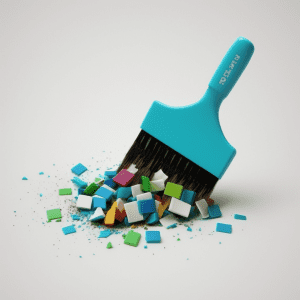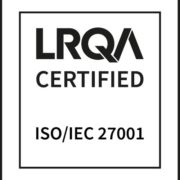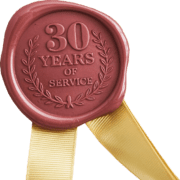Rough Data is a Reality: Strategies for Improvement and Maintenance
One of the biggest challenges you’ll face when implementing a CRM system is the quality of the data. Dirty data (low quality data) is a reality, and it can cause significant problems for your business.
The good news is there are methods to improve and maintain data quality in your CRM.
Dirty data is a common challenge in the CRM world. It can be incomplete, outdated, inaccurate, or duplicated, or even partially corrupted. This makes it challenging to use. Dirty data can result from various factors, such as human error, system glitches, or third-party data sources. Consider for example, a salesperson entering someone’s phone number into a name field. It happens. A lot.
Low-quality data can lead to poor customer experience, lost sales opportunities, and inaccurate reporting, which can lead to making poor business decisions.
Methods to Improve and Maintain Data Quality in Your CRM System:
Data Cleansing: The first step in improving data quality is to identify and clean the dirty data. This involves identifying and removing duplicate records, correcting inaccuracies, and filling in missing information. Cleansing can be done manually or through automated tools. Most typically, you’ll need a combination of the two.
Data Standardization: Data standardization involves ensuring that data is consistently formatted across all records. It involves the use of common data fields, standard naming conventions, and data validation rules to ensure that data is accurate and consistent.
Regular Data Maintenance: Data maintenance involves regular monitoring and updating of data to ensure that it remains accurate and up-to-date. You can achieve this through the use of automated tools that identify and flag data that requires updating.
Staff Training: Ensure your staff understands the importance of data quality and how to maintain it. You should train staff on how to enter data accurately and consistently, how to identify dirty data, and how to use automated data tools.
Third-Party Data Sources: Where possible, verify and validate third-party data sources to ensure that the data is accurate and up-to-date.
Dirty data is a reality when implementing a CRM and is a fact of life in its ongoing operation. Since the value of your CRM is driven by the quality of that data, maintaining quality is an ongoing process that requires continuous attention. At the end of the day, cleaning your data will lead to improved customer experiences, better business decisions and a higher return on your CRM investment.



